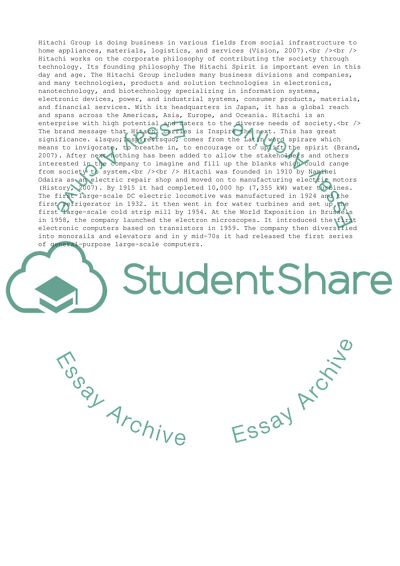Cite this document
(The Hitachi Group Case Study Example | Topics and Well Written Essays - 3359 words, n.d.)
The Hitachi Group Case Study Example | Topics and Well Written Essays - 3359 words. Retrieved from https://studentshare.org/business/1710316-a-report
The Hitachi Group Case Study Example | Topics and Well Written Essays - 3359 words. Retrieved from https://studentshare.org/business/1710316-a-report
(The Hitachi Group Case Study Example | Topics and Well Written Essays - 3359 Words)
The Hitachi Group Case Study Example | Topics and Well Written Essays - 3359 Words. https://studentshare.org/business/1710316-a-report.
The Hitachi Group Case Study Example | Topics and Well Written Essays - 3359 Words. https://studentshare.org/business/1710316-a-report.
“The Hitachi Group Case Study Example | Topics and Well Written Essays - 3359 Words”, n.d. https://studentshare.org/business/1710316-a-report.


